RED  BLACK
BLACK  WHITE
WHITE
RED
BLACK
WHITE
THE ALABAMA COMMUNIST PARTY 1930 1950
1950
MARY STANTON

This publication is made possible in part through a grant from the Bradley Hale Fund for Southern Studies.
2019 by the University of Georgia Press
Athens, Georgia 30602
www.ugapress.org
All rights reserved
Designed by Melissa Bugbee Buchanan
Set in 10.1/14 Kepler Std
Printed and bound by Sheridan Books, Inc.
The paper in this book meets the guidelines for permanence and durability of the Committee on Production Guidelines for Book Longevity of the Council on Library Resources.
Most University of Georgia Press titles are available from popular e-book vendors.
Printed in the United States of America
23 22 21 20 19 P 5 4 3 2 1
Library of Congress Cataloging-in-Publication Data
Names: Stanton, Mary, 1946 author.
Title: Red, black, white: the Alabama Communist Party, 19301950 / Mary Stanton.
Description: Athens: The University of Georgia Press, [2019] | Includes bibliographical references and index.
Identifiers: LCCN 2019020543| ISBN 9780820356167 (hbk: alk. paper) | ISBN 9780820356174 (pbk : alk. paper) | ISBN 9780820356150 (ebk)
Subjects: LCSH : Communist Party of the United States of America. District 17 (Birmingham, Ala.)History. | CommunismAlabamaHistory20th century. | CommunismSouthern StatesHistory20th century. | CommunistsAlabamaHistory20th century. | CommunistsSouthern StatesHistory20th century. | AlabamaRace relationsHistory20th century. | Southern StatesRace relationsHistory20th century. | LynchingAlabamaHistory20th century. | LynchingSouthern StatesHistory20th century.
Classification: LCC HX 91. A 2 S 73 2019 | DDC 324.2761/07509043dc23
LC record available at https://lccn.loc.gov/2019020543
In memory of Pauline Bonagura Mullaney My high school English teacher
The mind once stretched by a new idea never returns to its original dimensions.
Ralph Waldo Emerson
Dont you mind being called Bolsheviki by the same people who called you nigger.
Crusader, June 1920
CONTENTS
ACKNOWLEDGMENTS
A good beginning includes acknowledging indebtedness to the hardworking staffs of major research institutions, libraries and archives who made identifying, studying, and understanding district 17 and its operation possible. They include the following:
Schomburg Center for Research in Black Culture
Manuscripts, Archives and Rare Book Division
New York Public Library
Harlem, New York City
Tamiment Library and Robert F. Wagner Labor Archives
New York University
Washington Square, New York City
Southern Historical Collection and Southern Oral History Program Collection
University of North Carolina
Wilson Library
Chapel Hill, North Carolina
Clark Atlanta University
Woodruff Library
Archives Research Center
Atlanta, Georgia
Alabama Department of Archives and History
624 Washington Avenue
Montgomery, Alabama
Birmingham Public LibraryCentral Division
Archives and Special Collections
Birmingham, Alabama
Birmingham Civil Rights Institute
520 16th Street North
Birmingham, Alabama
New York Public Library
Research DivisionStephen A. Schwartzman Building
New York City
RED  BLACK
BLACK  WHITE
WHITE
PROLOGUE
There are only two or three human stories, and they go on repeating themselves as fiercely as if they had never happened.
Willa Cather, O Pioneers!
At eight oclock Wednesday morning, June 24, 1964, I was one of a thousand high school seniors lined up outside the Brooklyn Fox Theater waiting for the doors to open and our graduation ceremony to begin. I had spilkesanxiety, agitation, apprehensionall of it. Everything was happening too fast, it was all too big, too soon, and too much. I couldnt shake a nagging feeling of dreadthis was supposed to be a happy day.
It had nothing to do with the Fox. Id been inside that massive Art Deco movie palace many times. By the mid-sixties it was home to disc jockey Murray the Ks Swingin Soireesred, hot, and blues all the way!... Hed brought Marvin Gaye, Stevie Wonder, and the Ronettes to Flatbush Avenue. No, it wasnt the Fox...
Although Franklin K. Lane High School was one of the largest in the city, the gym and auditorium together couldnt accommodate all of us, but the four-thousand-seat Fox could, so thats where we would commence our futures. A generational tsunami, we were the first wave of baby boomersborn in 1946, one year after the soldiers came home.
As it turned out, my dread that morning wasnt entirely misplaced. The legacy of the biggest and brightestat least best-educated generation of the twentieth centurywould be three white male presidents: Bill Clinton, George W. Bush, and Donald Trump (all 1964 graduates), who, to be fair, represented the full gamut of our attitudes, ideals, and ambitionsthe ones we would continue to either champion or challenge through five succeeding decades of culture war.
The world is growing sick and tired of us. It was not always so. Once we were the ones designated to carry the ball into the end zone. We cant complain that our country didnt pay enough attention to usor certainly that we didnt pay enough attention to each other!
I gravitated to the political leftsomething that would have been hard to predict in my sophomore or junior years. In November 1963, three months into our first term as seniors, President Kennedy was assassinated. In January 1964, Lyndon Johnson declared war on poverty. Freedom Summer was launched that June, and three days before our graduation, three civil rights workerstwo from New York Citywere reported missing in Mississippi. Their decomposed bodies would turn up in August.
By the end of that year there were twenty thousand U.S. military advisors in Vietnam, and by 1965 draft cards were beginning to burn. Suddenly there was a good deal to fight about. I admired the courage of those who protested the draft, the war, and segregation, and who championed voting rights, feminism, and fair housing. I was, in fact, all admiration and no action. Strong opinions didnt get white girls like me invitations to the prom. Besides, Franklin K. Lane sat on Jamaica Avenue exactly and often uncomfortably on the White QueensBlack Brooklyn border. That made for a lot of strong opinions.

Several years ago, I was asked to develop a Black History Month presentation to commemorate the eightieth anniversary of the Scottsboro Boys arrestsa tribute both to them and to the case that became the Rosetta stone for civil rights justice claims. In the course of my research, I discovered the Southern Worker, a 1930s weekly written by communistsmany from New York Citywho were working to save the lives of these nine black young men, wrongly accused of raping two white women. Their passion stirred memories of some of my former classmates who Id idolized as a journalist-in-training on the
Next page

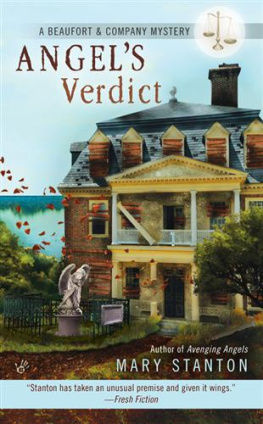
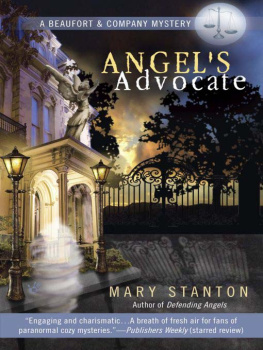
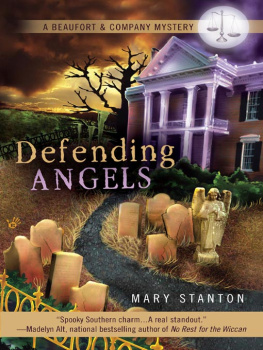
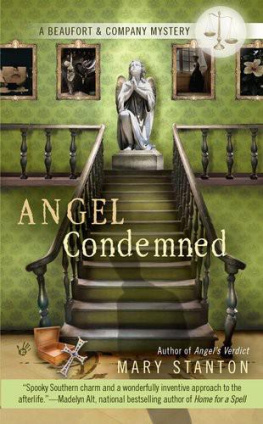

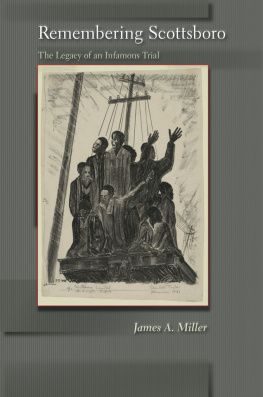
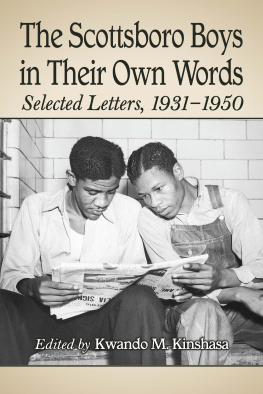
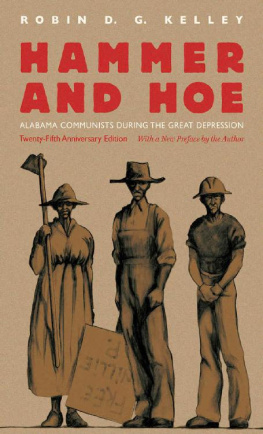
 BLACK
BLACK  1950
1950
